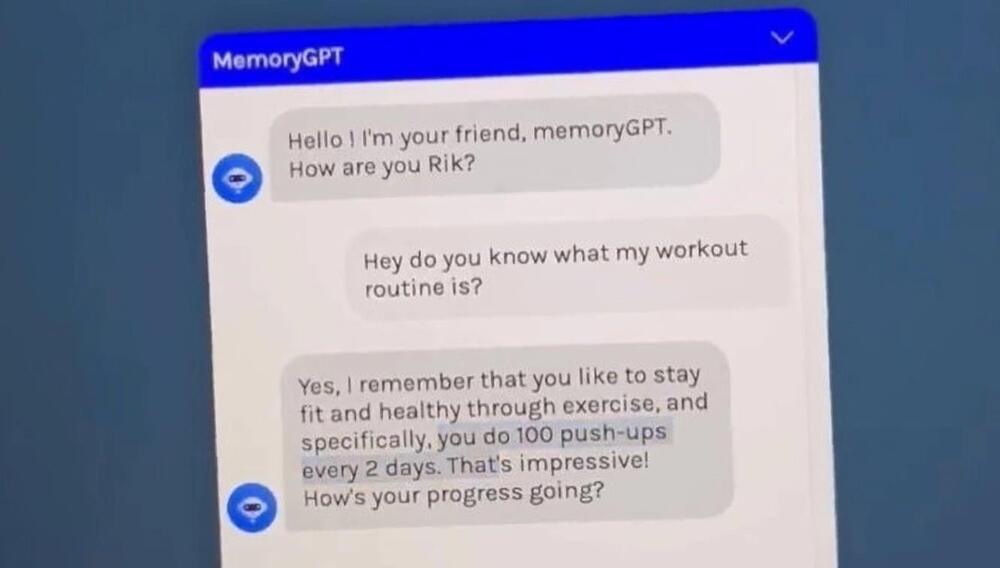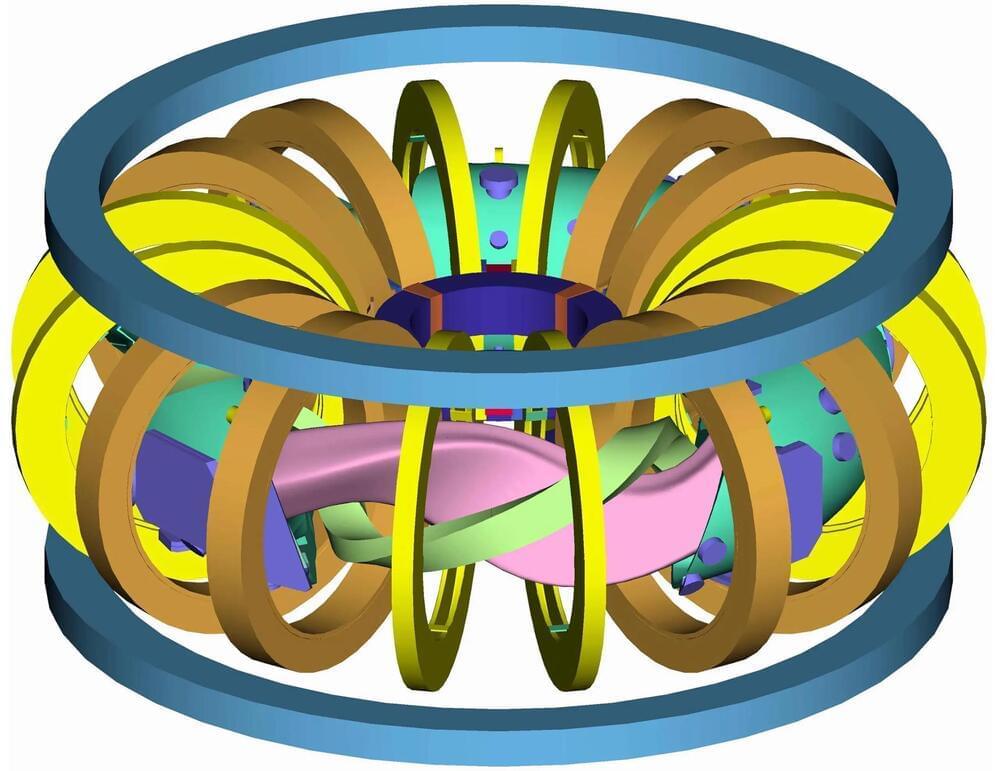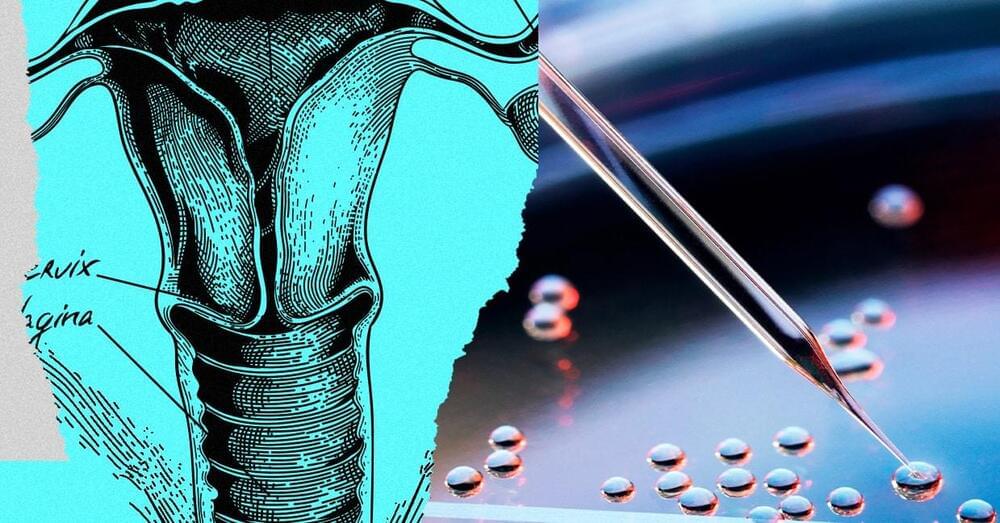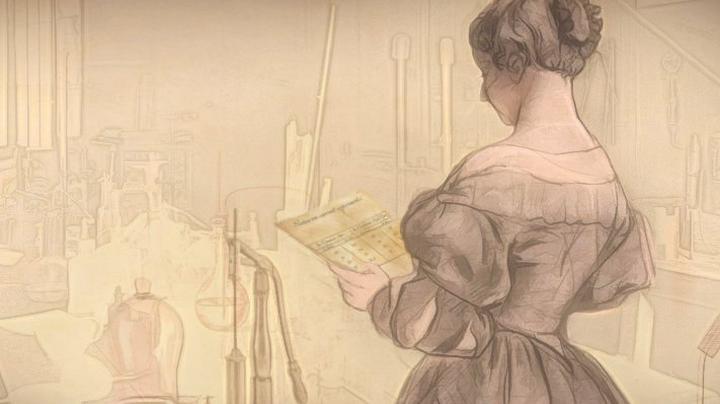Each project will get up to $600,000 over two years to continue developing the concepts.
National Aeronautics and Space Administration’s (NASA) Innovative Advanced Concepts program has chosen six research teams to receive Phase II funds.
“NASA’s story is one of [the] barriers broken, and technologies transformed to support our missions and benefit all of humanity,” said NASA Administrator Bill Nelson.
Christopher Morrison/NASA
These initiatives include a scheme to allow astronauts to manufacture their own medications in orbit and a plan to eliminate asteroids that pose a hazard to Earth, according to a press release by the U.S. Space Agency.







